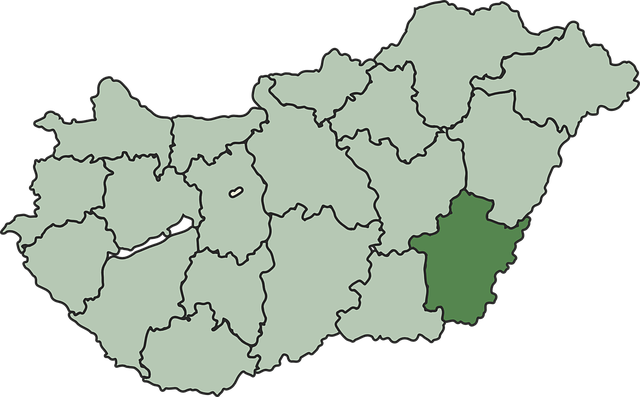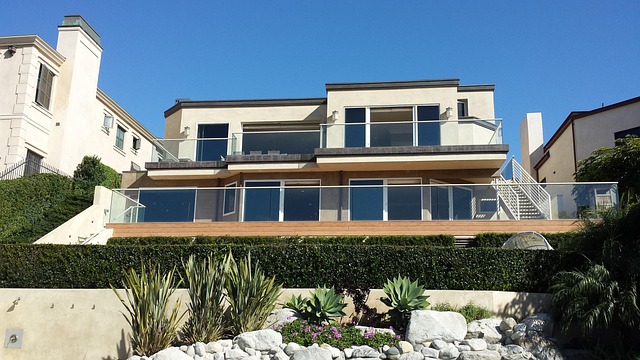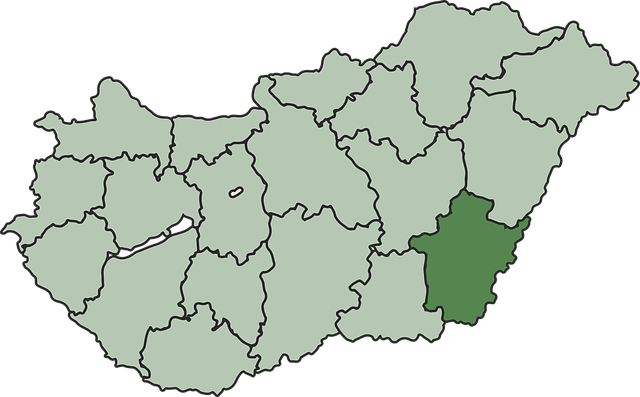Efficient freeway networks boost local real estate by attracting businesses and residents, increasing property demand and values. They also facilitate goods movement, stimulating economies and further driving up housing demand. Effects vary based on neighborhood proximity to freeways. Planning for expansion requires balancing transportation efficiency with preserving community character through smart systems and green infrastructure, ensuring economic development and quality of life while catering to evolving real estate markets.
“Unveiling the transformative power of an expansive freeway network, this article explores its profound impact on local real estate markets. By streamlining community access and development, these thoroughfares foster economic growth and reshape urban landscapes. We delve into the benefits for property values, connectivity, and infrastructure, while also addressing challenges in future planning. Understanding these dynamics is crucial for professionals navigating the intricate relationship between transportation networks and real estate trends.”
Impact on Local Real Estate Markets

The expansion of an efficient freeway network significantly influences local real estate markets, fostering both growth and change in communities. Easier accessibility brought about by well-connected highways attracts businesses and residents alike, leading to increased property demand. This is especially true for areas bordering major freeways, where commercial and residential developments thrive due to improved connectivity. As a result, real estate values tend to rise, making these locations more desirable for investors and home buyers.
Additionally, the freeway network facilitates the movement of goods and services, which can stimulate local economies. This economic boost often translates into higher demand for housing, further driving up real estate prices. However, it’s important to note that while some neighborhoods benefit from this infrastructure development, others might experience varying degrees of impact, depending on their proximity to these freeways and the unique characteristics of their existing market dynamics.
Streamlining Community Access and Development

An expansive freeway network acts as a lifeline for communities, fostering seamless connectivity and unlocking immense potential for both residents and real estate sectors. By streamlining access to previously remote areas, these highways facilitate easier movement of goods and people, stimulating local economies and attracting new businesses. This, in turn, drives residential development, with investors and homebuyers flocking to locations that offer improved mobility and greater accessibility.
The result is a dynamic urban landscape where communities thrive, fueled by efficient transportation infrastructure. Developers can now strategically plan mixed-use projects, integrating retail, commercial, and residential spaces to create vibrant hubs. This interconnectedness not only enhances the quality of life for residents but also positions these regions as desirable destinations, further boosting the real estate market.
Challenges and Considerations for Future Planning

As cities continue to grow and populations expand, planning for an expansive freeway network becomes increasingly complex. Future infrastructure projects must consider the impact on both existing and emerging real estate markets. Balancing the need for efficient transportation with preservation of local economies and community character is a delicate task.
One key challenge lies in identifying areas suitable for expansion while minimizing disruption to established neighborhoods. This involves meticulous environmental assessments, traffic studies, and community consultations. Additionally, future planning should explore innovative solutions like smart transportation systems and green infrastructure to enhance sustainability and overall livability. Effective integration of these considerations will ensure that the freeway network supports both economic development and quality of life in the region.






